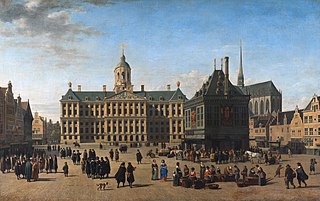
In the visual arts, a cityscape is an artistic representation, such as a painting, drawing, print or photograph, of the physical aspects of a city or urban area. It is the urban equivalent of a landscape. Townscape is roughly synonymous with cityscape, though it implies the same difference in urban size and density implicit in the difference between the words city and town. In urban design the terms refer to the configuration of built forms and interstitial space.

Caspar van Wittel or Gaspar van Wittel, known in Italian as Gaspare Vanvitelli or Gasparo degli Occhiali, was a Dutch painter and draughtsman who had a long career in Rome. He played a pivotal role in the development of the genre of topographical painting known as veduta. He is credited with turning topography into a painterly specialism in Italian art.
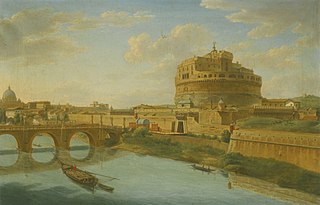
A veduta is a highly detailed, usually large-scale painting or, more often, print of a cityscape or some other vista. The painters of vedute are referred to as vedutisti.

Giulia Turco, or Giulia Turco Lazzari, was a baroness best known as a naturalist and writer in her native Trento, Italy. She was married to the bolognese musician Raffaello Lazzari.

Antonietta Brandeis (1848–1926), was a Czech-born Italian landscape, genre and portrait painter, as well as a painter of religious subjects for altarpieces.

Ettore Tito was an Italian artist particularly known for his paintings of contemporary life and landscapes in Venice and the surrounding region. He trained at the Accademia di Belle Arti in Venice and from 1894 to 1927 was the Professor of Painting there. Tito exhibited widely and was awarded the Grand Prize in painting at the 1915 Panama–Pacific International Exposition in San Francisco. In 1926 he was made a member of the Royal Academy of Italy. Tito was born in Castellammare di Stabia in the province of Naples and died in Venice, the city which was his home for most of his life.

Eugenio Da Venezia was an Italian painter. He was a member of the group known as I Giovani di Palazzo Carminati. This group rejected the prevailing style of the Italian Academy at the beginning of the 20th century. Da Venezia painted in a post-impressionist style, influenced by the Venetian tradition of the vedutisti. He exhibited in ten editions of Venice Biennale between 1934 and 1956, including the XL anniversary in 1935.

Carlo Ferrari (1813–1871), called il Ferrarin, was an Italian painter.

Guglielmo Ciardi was an Italian painter.

Eugenio Gignous was an Italian painter born in Milan, which when he was born was part of the Austrian Empire.
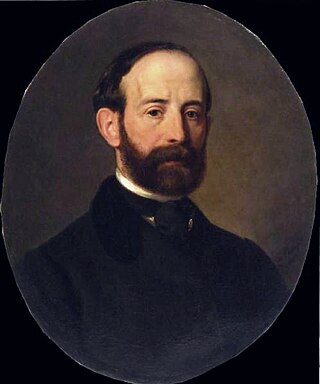
Michelangelo Fumagalli was an Italian painter; known primarily for historical and genre scenes.

Enrico Bartezago was an Italian painter, active in Milan, painting genre scenes, Portraits, and watercolors. In the exhibition of Paris of 1878, he displayed L' aia d' una fattoria lombarda. At the Mostra di Venezia of 1887, he exhibited La scimmia. Other works include Mercato a Varallo and Nemici. In 1891–92, he won the Mylius prize from the Academy at Milan for genre painting for his Alpine Pennine.
Orsola Faccioli or Licata Faccioli was an Italian painter, mainly of vedute and interior scenes.

Cosroe Dusi was an Italian painter in the Neoclassical style, active for many years in St Petersburg, Russia, painting mainly sacred and historical subjects. Dusi was nicknamed by his contemporaries the "modern Tintoretto", for his liveliness of invention and rapidity at painting.

Luigi da Rios was an Italian painter.

Cesare dell' Acqua was an Italian painter known for historical works.

Giuseppe Pietro Bagetti was an Italian civil and military architect, as well as painter. He painted landscapes and battle paintings.

Francesco Beda was a painter from Austria-Hungary, mainly depicted costume genre subjects. The "costume genre subjects" were popular with some buyers, and depicted individuals in anachronistic, often aristocratic garb of the prior centuries, often entertained in either gallantry or frivolous enjoyment.
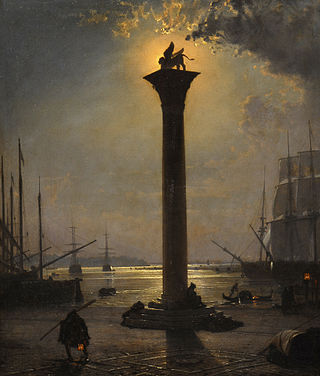
Friedrich Paul Nerly or Federico Paolo Nerly was an Italian-German painter who specialized in seascapes.
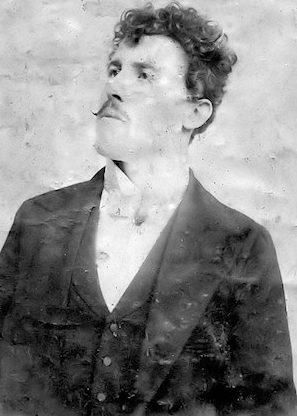
Romualdo Prati was an Austrian-Italian painter who spent ten years working in Brazil. He painted in several genres, but is best remembered for his portraits.



















